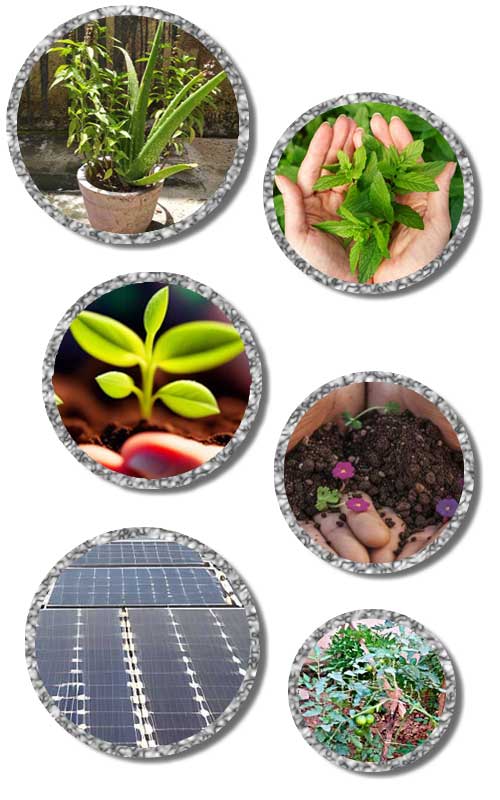In our daily lives, waste management plays a crucial role in maintaining cleanliness and preserving the environment. One of the simplest yet most effective tools in waste management is the humble dustbin. However, many of us might not be fully aware of the significance of using different colored dustbins and placing them correctly. In this blog post, we’ll delve into the various types of dustbins available, their respective uses, and the proper way to position them for effective waste disposal.
Types of Dustbins:
- General Waste (Black or Gray): These dustbins are meant for disposing of non-recyclable household waste such as food scraps, tissues, and non-recyclable plastics.
- Recyclable Waste (Blue or Green): These dustbins are designated for materials that can be recycled, including paper, cardboard, glass, and certain types of plastics.
- Organic Waste (Brown or Green): Organic waste bins are used for biodegradable waste such as kitchen scraps, garden waste, and other compostable materials.
- Hazardous Waste (Yellow or Red): These dustbins are specifically for hazardous materials like batteries, chemicals, and electronic waste, which require special handling to prevent harm to human health and the environment.
Proper Usage of Dustbins:
- Segregation: Always separate your waste into appropriate categories before disposal. This ensures that recyclable materials are not contaminated with non-recyclables, making the recycling process more efficient.
- Minimize Contamination: Avoid putting liquids or food waste directly into recycling bins as they can contaminate other recyclable materials. Rinse containers before recycling to remove any remaining residue.
- Compact Waste: To maximize space and minimize the number of trash bags used, compact waste materials such as cardboard boxes and plastic bottles before disposing of them.
- Dispose of Hazardous Waste Properly: Hazardous waste should never be mixed with regular household waste. Follow local regulations for the safe disposal of hazardous materials, such as taking them to designated collection centers.
Placement of Dustbins:
- Accessibility: Place dustbins in easily accessible locations throughout your home, workplace, or community to encourage proper disposal habits.
- Visibility: Ensure that dustbins are visible and clearly labeled with their respective waste categories to avoid confusion.
- Strategic Placement: Position recycling bins near areas where recyclable materials are commonly generated, such as the kitchen or office.
- Outdoor Placement: For outdoor areas, use sturdy, weather-resistant bins and place them in well-lit, easily accessible locations to discourage littering and promote responsible waste disposal.
In conclusion, proper usage and placement of dustbins are essential for effective waste management and environmental sustainability. By following these guidelines and incorporating good waste disposal habits into our daily routines, we can all contribute to creating cleaner, healthier communities for ourselves and future generations. Let’s commit to making a positive impact through responsible waste management practices.








